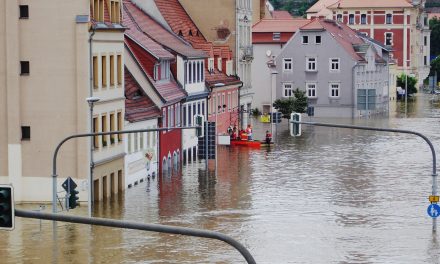The environmental social governance (ESG) and financial benefits of real estate eco-certifications, such as Leadership in Energy and Environmental Design (LEED), encompasses a wide and growing body of literature. Based on this thought-provoking idea, together with Odilon Costa, Franz Fuerst, and Spenser Robinson, we did extensive research in the Brazilian context.
Recent research suggests uniformity of major drivers for green buildings across countries and regions. However, researchers have identified unique risk factors to China, applicable more broadly to developing countries, such as government bureaucracy and unclear goals for green buildings. Much of the initial green building literature identified premiums in developed economies; however, increased market diffusion and adoption yielded changing premium levels and underlying mechanics in those markets. The diffusion literature also references different stages of evolution and developing economies are in an earlier phase of this cycle. This paper advances the literature in two areas – an empirical analysis the impact of voluntary certifications on the largest urban agglomeration in Latin America and the economic impact between registration for and achievement of an eco-certification.
Labelling schemes in developing economies, like Brazil, represent an important group as these countries hold some of the world’s largest metropolitan areas and experience rapid growth in both economic development and greenhouse gas emissions. Some research identifying qualitative motivations for environmental certifications exists. In addition to above, other researchers identify competitive landscape and corporate image as key drivers for adoption of ecologically sound management techniques using an Indian sample. In contrast, there are evidence that Chinese submarkets could be prominent candidates to receive green properties based on economic, demographic and geographical features.

Our research explores more quantitative aspects of measurable financial benefit for voluntary certification in Sao Paulo (Brazil). The city is the world’s 5th largest urban agglomeration with 20.8 million inhabitants. Sao Paulo’s office market was the 12th most expensive in terms of net lease prices worldwide in 2014 and contain 11.5 million sqm of gross leasable area – GLA, almost five times more than Rio de Janeiro, the second city in Brazil. Given some level of eco-label maturity in the real estate markets of developed countries, investigation of a leading Latin American city may yield new and meaningful insights. For example, inflated premiums could be found through the introduction effect caused by the relative scarcity of labelled properties and the lag between supply and demand for green buildings.
The process of LEED certification for new construction (LEED-NC) involves first registering the intent to certify a new project and then earning certification through a post-construction inspection. During the construction cycle, common practice for most large office buildings establish a reasonable level of pre-leasing which can vary from a small percentage to 100% pre-leased, depending on market conditions. Almost the entirety of the sustainable real estate literature focuses on certified buildings or buildings that have achieved the requirements set forth in the voluntary sustainable standards. The unique data set used in this paper permits us to address an important gap in the literature, that is to investigate the market consequences, if any, of not delivering an eco-certification after registration. LEED is the prevailing certification scheme in Brazil and representative of other major eco-certifications. While critical evaluations of the LEED certification system have identified a number of areas that require improvements, LEED remains one of the prevailing global standards for environmentally friendly construction and building management.
The market may interpret delays or lack of final certification for a registered building as a signal of ineffective management; alternatively, an observed difference in rent may be the realized value of the label in otherwise comparable buildings. Finally, the possibility of contractual reductions as penalties for non-achievement of eco-certification also exists. Of course, some combination of these factors along with unobservable lease level impacts may combine for a discount. Researchers highlight the role of Green Building Councils (GBCs) in reducing informational problems in real estate markets by creating a label that signals the true quality of a property (not only environmental). Certifying institutions can therefore be viewed as a complementary mechanism of economic governance to developers, occupants and investors. Although the results focus on the importance of GBCs in Brazil, they could perhaps be extended as many of the comparable country’s information on building quality or are simply unable to enforce existing regulation. In this context, third-party auditing schemes from accredited and internationally recognized institutions could provide industry stakeholders an additional assurance above and beyond that of local environmental standards.





Comentários